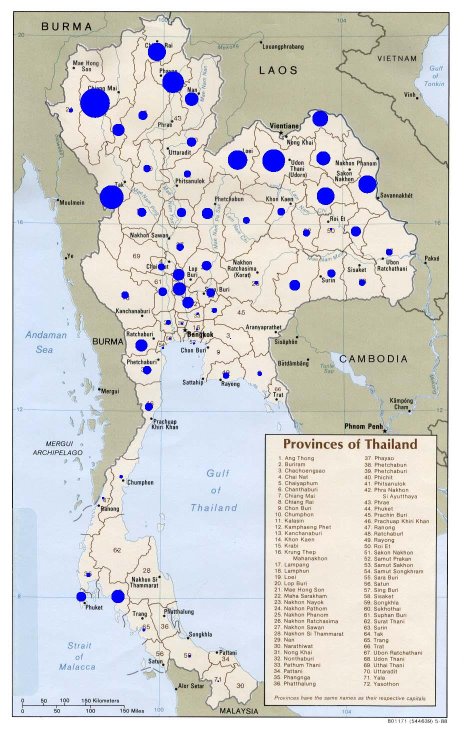
Multistrain disease dynamics

Dengue has four distinct serotypes (strains). Infection with a single serotype can be asymptomatic. However, if the individual recovers and is later infected with a second serotype of dengue, serious illness can result, including dengue hemorrhagic fever and death. It is believed that antibodies to the primary infection form complexes with the new virus and allow the new virus to infect more cells, leading to more severe infection. This phenomenon is known as antibody-dependent enhancement (ADE). ADE has also been observed within other viruses, including HIV, Ebola, and coronaviruses (the family that includes the SARS virus), as well as in certain bacteria. We hope that by modeling the dynamics of dengue transmission we will enable a better understanding of other diseases that display ADE.

However, many questions remain open. For example, why are there four serotypes instead of some other number? How does a multistrain disease spread across space? If a vaccine were available, what is the best strategy for vaccine control? The dengue modeling is being done in collaboration with Ira Schwartz (Naval Research Laboratory), Lora Billings (Montclair State University), and Derek Cummings (Johns Hopkins). |